Don't have an account?
Click Here- Fast, secure checkout
- Exclusive promotions & offers
- Home
- Cooking Fish Over Fire
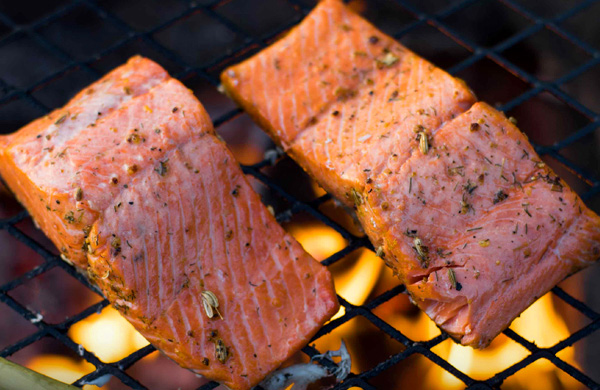
Cooking Fish Over Fire
Fire brings out the best in fish, and to facilitate your fish-over-fire adventures, we offer some basic tips. It's easy to grill fish to perfection... as long as you don't get distracted and forget to take it off the fire!
We hereby present our best guidance on cooking fish on the grill ... as well as some tips for making grilling as safe and “green” as possible.
10 steps to grilling seafood successfully
Fuel Sources: Considering the Pros and Cons
Keeping grilled seafood safe
General guidance
Skinless portions of fish naturally rich in fat—like salmon and sablefish—and skin-on portions of these and leaner fish are least likely to stick and dry out. The meat can be easily separated from the skin with a spatula after the fish is cooked... but the crispy skin can be very tasty.
To ensure that you retain maximum moisture in lean and fatty seafood alike, brush it lightly with a heat-resistant oil (e.g., olive or macadamia) before cooking.
Marinating has some health advantages (see “Keeping grilled seafood safe”, below), but you can achieve the same benefit, typically with a more flavorful result, by oiling your fish or seafood and then rubbing it with a seasoning, such as our marinade/rub seasoning blends: Organic Salmon, Organic Lemon-Pepper, and Organic Seafood. Measure out about a teaspoon of mix for each fillet, blend it with a few drops of oil (just enough to moisten it a bit) and spread it on the seafood. Or, rub your fish with the herb-spice mix, and then spray or brush each fillet with a little oil to keep it in place and prevent sticking.
Use Cedar or Alder Grilling Planks to impart a rich, smoky flavor while keeping fish wonderfully moist with no trace of charring. We offer our grilling planks separately, and as part of our Wild Salmon Sampler + Grill Fixin's combo pack and our Sockeye & Grill Fixin's pack, both of which also provide seasonings.
Back to top
10 steps to grilling seafood successfully
One big secret to grilling success is advance planning. Run down our checklist of preparation items so your guests aren't kept waiting!
Thaw fish well ahead of time. If you forget to leave frozen fish in the fridge overnight, the safest way to speed things up is to immerse the fish, still in its vacuum pack, in a dish of cool water for about 30 minutes; it is thawed as soon as it is flexible. (Pat the fish dry before applying any marinade).
Try to avoid putting fish on the grill cold, straight from the fridge, lest the exterior overcook before the interior is done. To promote more even cooking, remove thawed fish from the fridge 20 minutes or so before grilling.
Instead of marinating, it's equally or more effective to rub marinade seasonings directly onto lightly oiled fish. Seasoning "rubs" impart much more flavor, and you don't need to wait. The chief reason to use marinades is to reduce formation of carcinogenic compounds, but herbs high in antioxidants do a pretty good job of that anyway.
If you want to use a marinade, immerse the fish in it fully for at least 30 minutes, and soak up any excess with a paper towel before grilling, to reduce flare-ups. Fish should not be left in acidic marinades—such as those containing citrus juice or wine—longer than 20 minutes, or it will toughen. Wait until the fish is almost done before applying sweet barbecue, teriyaki or fruit-based sauces, to keep them from burning.
Get all your utensils next to the grill, along with a clean plate or dish to hold the cooked fish. If you fear you may fumble your fillets into the fire, get a grilling basket, and don't forget to oil it before putting the fish inside.
Oil the grill grate lightly to prevent the fish from sticking, and, if you want the visual effect, to help form grill marks.
Start your coals 30 minutes ahead of time, and have plenty on hand, in case you need to add more. (See “Fuel Sources”, below.)
Lay the fish in the center of a hot, uncovered grill, directly above the heat source. There should be an audible sizzle when the fish hits the grate. Avoid cooler sections of the grill and indirect heat.
Check it after 2‒3 minutes. Slide the prongs of a broiler fork between the bars of the grill grate and under the fish. Gently lift up a section of fish to look for grill marks.
When grill marks form, use the broiler fork to lift up a corner of the fillet, and slide a spatula under the fish. Turn the fish over and cook the other side. (Note: you needn't turn fish with skin on one side. The skin will protect it from burning.)
After another 2‒3 minutes, check for doneness. Use a broiler fork to flake open a section. If the interior is no longer translucent, the fish is cooked. In fact, you should remove fish from the fire when the very center is still just shy of being done, as it will continue to cook for a few minutes after leaving the fire. This is especially important with Sockeye Salmon, which is relatively lean and more vulnerable to overcooking, compared with King or Silver.
Fuel Sources: Considering the Pros and Cons
You can get great results with any kind of grill, but there are some distinctions you may want to consider. We've laid out some of the facts for your consideration.
Gas (Propane)
Gas grills offer the obvious advantages of convenience and control: you can be grilling in seconds if needed, and you can turn the heat up or down at will. Gas is also much cleaner in environmental terms, since it emits far fewer air pollutants and greenhouse gases. (See "global warming" sidebar at right.) And you can impart wonderful, woody flavor by adding mesquite, hickory or other aromatic wood chips to the gas fire.
Electricity
Electric grills are less energy-efficient than gas grills, cannot produce the effects of real fire, and contribute the most to global warming. Not recomended.
Hardwood (Lump) Chunk Charcoal
Of the three fuel sources, pure hardwood charcoal yields the finest flavor. It also provides a hotter fire than briquettes and does not require starter fluid. Most domestically produced brands use scrap wood, thus avoiding deforestation.
Instead of starter fluid, use a steel charcoal “chimney”, which will get a good amount red hot in 15‒20 minutes. If you're cooking for a big crowd, use a big grill and start two chimneys-full of charcoal at once.
Charcoal Briquettes
There's little good to say about charcoal briquettes, which were invented as a way to profit from wood scraps left over from the process of making Model-T Fords. Charcoal briquettes consist of a blend of charcoal and coal, plus a starchy binding agent, an accelerant such as nitrate, and ash-whitening agents such as lime or borax, to let the user know when the briquettes are ready.
Perhaps the biggest drawback to charcoal briquettes is the lighting fluid: a foul, polluting petroleum distillate, traces of whose odor can end up on your food. (“Match-light” briquettes are equally noxious.)
If you're using charcoal, you can use a chimney starter to avoid the petroleum taste that self-lighting briquettes impart, as well as the unhealthful volatile organic compounds emitted by burning lighter fluid. This simple device consists of a steel cylinder that holds coals in the top two-thirds and newspaper underneath to light.
Back to top
Keeping grilled seafood safe
It's substantially safer to grill fish compared with chicken or red meats, especially if you observe these three preparation and cooking caveats, in descending order of importance:
Minimize cooking time (which yields the best results anyway).
Before serving grilled fish, remove the skin and and any charred portions.
Use Cedar or Alder Grilling Planks to protect fish from charring on the high heat of the grill.
Marinate fish before grilling.
Concerns about the safety of grilled “muscle foods”—that is, meat and fish—relate to the creation of two kinds of potentially carcinogenic compounds during high-heat cooking: polycyclic aromatic hydrocarbons (PAHs) and heterocyclic amines (HCAs).
PAHs form when fat drips onto a flame, heating element, or hot coals. PAHs rise with the smoke and are deposited on the food. They can also form directly on the food when it is charred.
Like PAHs, the HCAs formed during grilling concentrate in the fat drippings, and it appears that marinating food reduces the formation of HCAs (Johansson MA 1994, Salmon CP 1997).
HCAs are less closely linked to grilling, since they can form in grilled, broiled and pan-fried meats and fish. HCAs are by-products of the Maillard (browning) reaction, which gives grilled meat or fish some of its characteristic flavor.
Greater formation of HCAs is linked to hotter and longer cooking. Levels of HCAs are very low or undetectable when meat or fish is cooked under 350 degrees Fahrenheit for less than four minutes.
Concerns about the HCAs that form during grilling of meat or fish are legitimate, but may be overblown by the media.
A Swiss study (Gross GA et al. 1993) found no detectable levels of HCAs in grilled fish. It is reasonable to assume that fish grilled lightly (i.e., until just done), without the skin and its fatty under layer, will contain the lowest levels of HCAs.
According to the authors of a recent review article from Japan, where people eat far more fish than meat and where, accordingly, grilled fish constitute the single greatest source of HCAs, “…the content of HCAs in dishes consumed in ordinary life is low and not sufficient in itself to explain human cancer…” (Sugimura T 2004).
Research from Kansas State University found that ginger root, rosemary, and turmeric – all high in antioxidants – can sharply curb the formation of HCA compounds, even at high temperatures. Rosemary has the strongest protective effect, with commercial rosemary extracts reducing formation of HCAs by 60 to 80 percent.
And, as the table below shows, one test of grilled skin-on salmon produced concentrations of HCAs 86 times lower than the levels that occurred in a test of grilled chicken, and almost five times lower than the HCA levels that occur in a test of grilled steak.
To ensure the lowest intake of HCAs and PAHs, remove the skin and its fatty under layer from grilled fish before consuming it, trim fat before grilling meat, and keep a spray bottle of clean water handy to prevent the fiery flare-ups that occur when fat drips onto hot coals or surfaces.
Food and cooking method HCA Levels (nanograms per 100 grams/3.5 oz)
Chicken breast skinless-boneless, grilled 14,300 ng1
Steak, grilled, well done 810 ng2
Pork, barbecued 470 ng3
Salmon, grilled with skin 166 ng4
Back to top
HCA Footnotes
Sinha R, Rothman N, Brown ED, Salmon CP, Knize MG, Swanson CA, Rossi SC, Mark SD, Levander OA, Felton JS. High concentrations of the carcinogen 2-amino-1-methyl-6-phenylimidazo- 4,5-bpyridine (PhIP) occur in chicken but are dependent on the cooking method. Cancer Res. 1995 Oct 15;55(20):4516-9.
Sinha R, Rothman N, Salmon CP, Knize MG, Brown ED, Swanson CA, Rhodes D, Rossi S, Felton JS, Levander OA. Heterocyclic amine content in beef cooked by different methods to varying degrees of doneness and gravy made from meat drippings. Food Chem Toxicol. 1998 Apr;36(4):279-87.
Murray S, Lynch AM, Knize MG, Gooderham MJ. Quantification of the carcinogens 2-amino-3,8-dimethyl- and 2-amino-3,4,8-trimethylimidazo4,5-fquinoxaline and 2-amino-1-methyl-6-phenylimidazo4,5-bpyridine in food using a combined assay based on gas chromatography-negative ion mass spectrometry. J Chromatogr. 1993 Jul 2;616(2):211-9.
Kataoka H, Nishioka S, Kobayashi M, Hanaoka T, Tsugane S. Analysis of mutagenic heterocyclic amines in cooked food samples by gas chromatography with nitrogen-phosphorus detector. Bull Environ Contam Toxicol. 2002 Nov;69(5):682-9.
Sources
Sugimura T, Wakabayashi K, Nakagama H, Nagao M. Heterocyclic amines: Mutagens/carcinogens produced during cooking of meat and fish. Cancer Sci. 2004 Apr;95(4):290-9. Review.
U.S. Department of Health and Human Services, Public Health Service, National Toxicology Program. 2005. 11th Report on Carcinogens. Available at http://ntp.niehs.nih.gov/ntp/roc/toc11.html.
Gross GA, Turesky RJ, Fay LB, Stillwell WG, Skipper PL, Tannenbaum SR. Heterocyclic aromatic amine formation in grilled bacon, beef and fish and in grill scrapings. Carcinogenesis. 1993 Nov;14(11):2313-8.
Salmon CP, Knize MG, Felton JS. Effects of marinating on heterocyclic amine carcinogen formation in grilled chicken. Food Chem Toxicol. 1997 May;35(5):433-41.
Johansson MA, Jagerstad M. Occurrence of mutagenic/carcinogenic heterocyclic amines in meat and fish products, including pan residues, prepared under domestic conditions. Carcinogenesis. 1994 Aug;15(8):1511-8.
Oak Ridge National Laboratory. Fourth of July no picnic for the nation's environment. Accessed online May 14, 2007 at http://www.ornl.gov/info/press_releases/get_press_release.cfm?ReleaseNumber=mr20030703-00

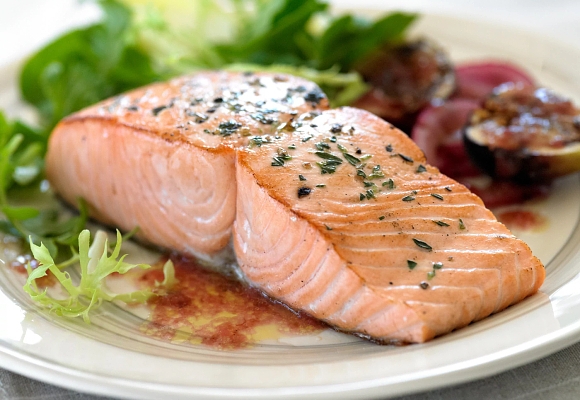
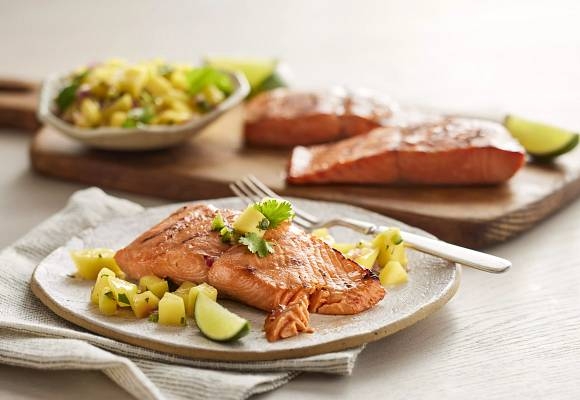
![Shop Premium Alaskan Halibut,[object Object]](https://images.contentstack.io/v3/assets/blta522552136812831/blta4ebcb10869b88b7/67e5d4c4dd5442a6c2ee749b/TopNav-Halibut.jpg?auto=webp)
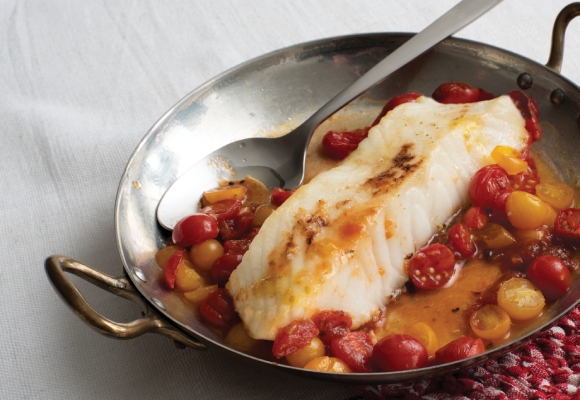
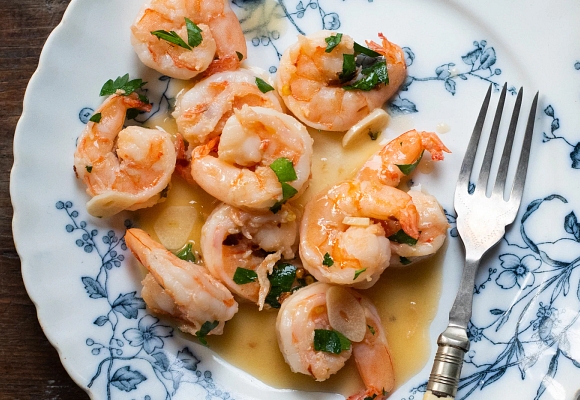
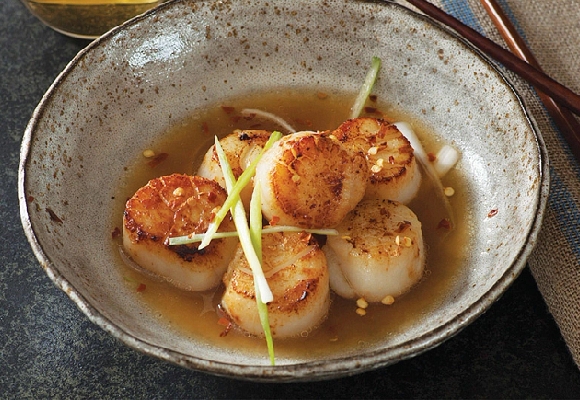
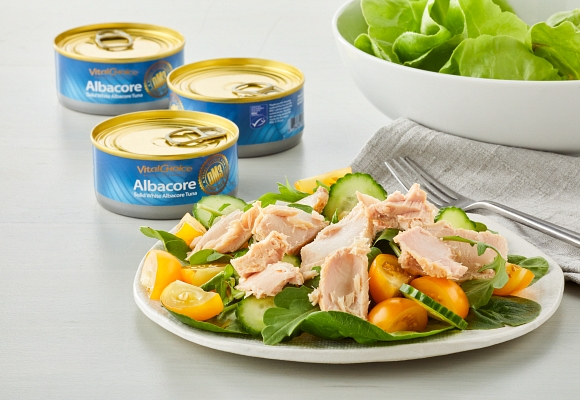
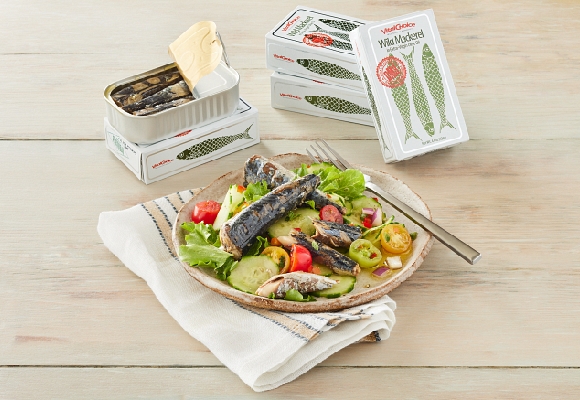
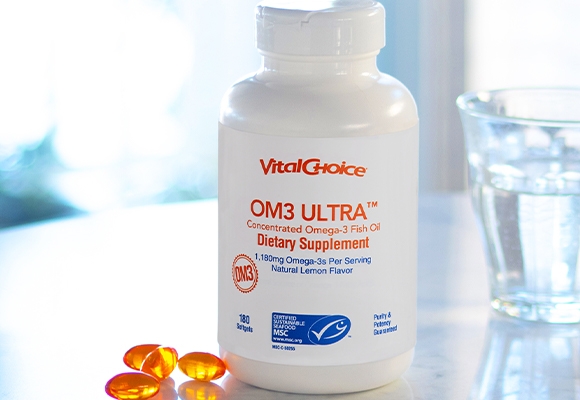

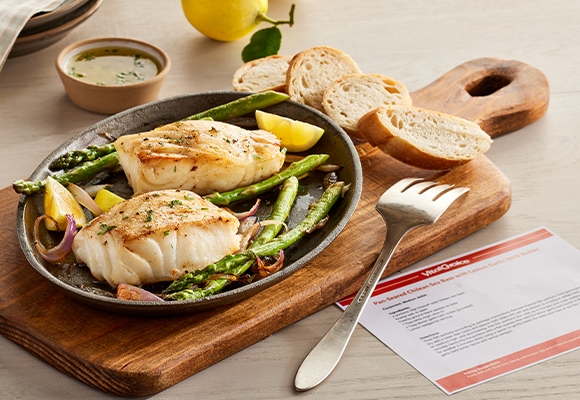

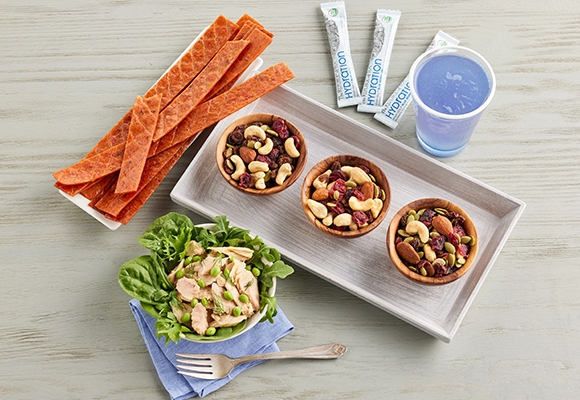
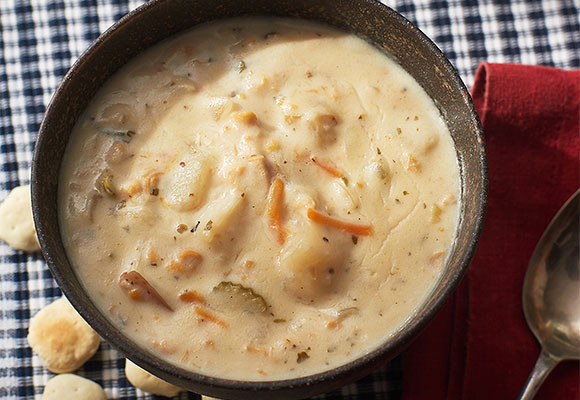
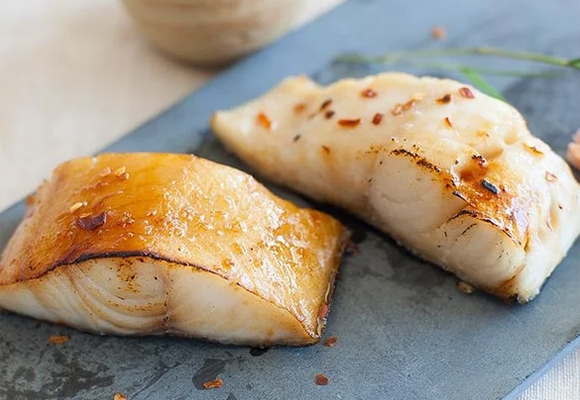
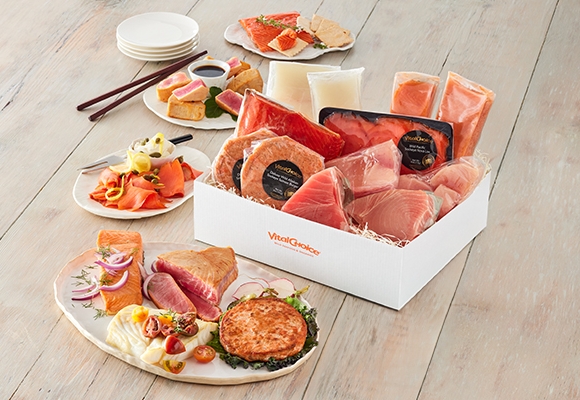

.png?auto=webp)